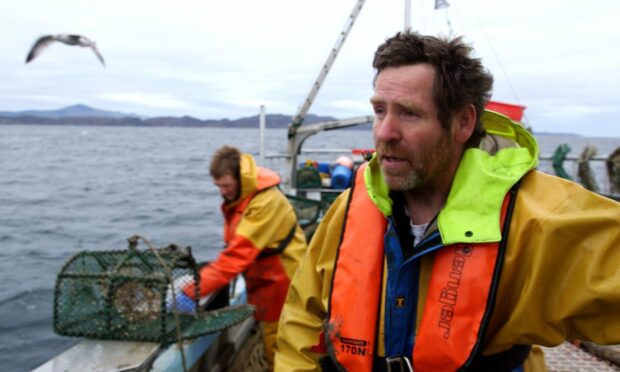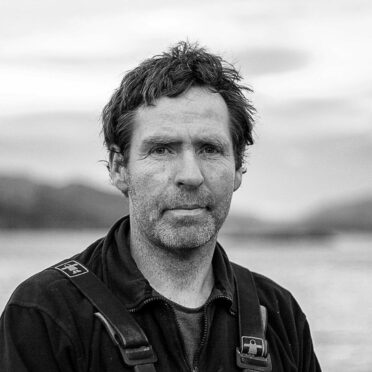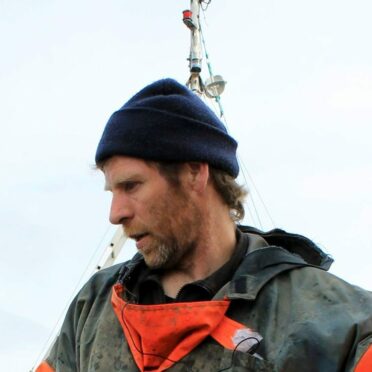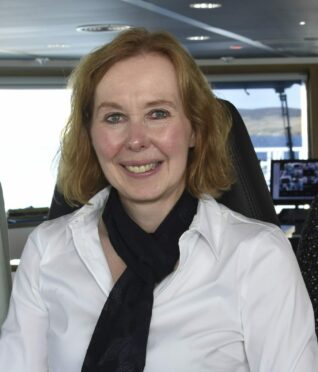A group of Scottish fishermen wants Holyrood to reinstate and expand on a 19th-century law by banning trawling as far as 12 miles from the shore.
Led by a Kyle of Lochalsh campaigner, the plan in front of MSPs would take the country back to 1889 when the government first set up a limit around the mainland.
The original three-mile law was scrapped in the 1980s, which the Scottish Creel Fishermen’s Federation says has contributed to the “complete collapse” of fish stocks along Scotland’s coasts.
The federation now wants the Scottish Government to reinstate a variation on the law that was first introduced when Queen Victoria was still on the throne.
And on the east coast, they would like it to go even further – possibly as far as 12 miles.
Trawlers banned inshore in the 1880s
Alistair Philp, a prawn creel fishermen on the Isle of Skye, said: “Throughout the 1800s there was the industrialisation of the Scottish fishing fleet.
“The fishing industry went from small, artisan fisheries to a whole industry around the Scottish coast.
“But that caused a lot of conflict between the smaller fisheries who had been there forever and the new industrial fisheries who were looking to make profits.”
All of this came to a head in the 1880s when the government introduced the three-mile limit banning trawler fisheries from the inshore seas.
Trawler vessels use a trawler net which is dragged along the bottom of the sea to catch fish.
This method of fishing can be “indiscriminate”, says Mr Philip, meaning fish the fishermen don’t actually want to catch end up being caught in the nets.
‘The fish are all gone’
Mr Philip said fish landings have since declined by 98%, meaning “the fish are all gone”.
He added: “Since the three-mile limit was lifted in the 80s Scotland has seen almost a complete collapse of its inshore fisheries.”
Because trawlers drag their nets along the bottom of the sea, the seabed has also drastically changed since the 1980s.
Mr Philip said: “The dredging modifies the habitat and if you do it often enough it can modify it quite significantly.
“It has modified the plant life on the seabed to the extent we have turned a healthy woodland into a ploughed field.
“And that is no longer suitable for fish.”
Call for tougher limits in North Sea
Mr Philip submitted a petition to the Scottish Parliament on behalf of the federation.
But he wants it go even further than three miles.
Mr Philip said: “The 1800s three-mile limit is not appropriate for everywhere.
“On the west coast mainland for example we believe a three-mile limit would be robust.
“But maybe a 12-mile limit would be more appropriate on the east coast.”
However, not everyone is on board with Mr Philip’s proposals.
The Scottish Fishermen’s Federation said there is “no evidence” reinstating the three-mile limit around Scotland’s coastline “would improve sustainability or raise earnings”.
Elspeth Macdonald, from the federation, said: “All fishing methods, mobile and static, have an impact on the environment in some way, just as navigation, tourism, offshore energy generation or even just weather do.
“The Scottish Fishermen’s Federation has been working collaboratively with Marine Scotland in the designation and management of marine protected areas and if areas or features in inshore areas are found to need extra protection, there are well-established systems in place for their inclusion in the existing management frameworks, based on objective scientific evidence.
“The federation therefore believes there is no basis in the evidence for the sustainability claims.”
She added she wants “greater dialogue” to better understand inshore fisheries, and said there is “no evidence” creel fishing would become more economically viable than trawling if the three-mile limit was introduced.
Holyrood’s public petitions and citizen participation committee will discuss the federation’s proposals when MSPs return to parliament after the summer recess.



